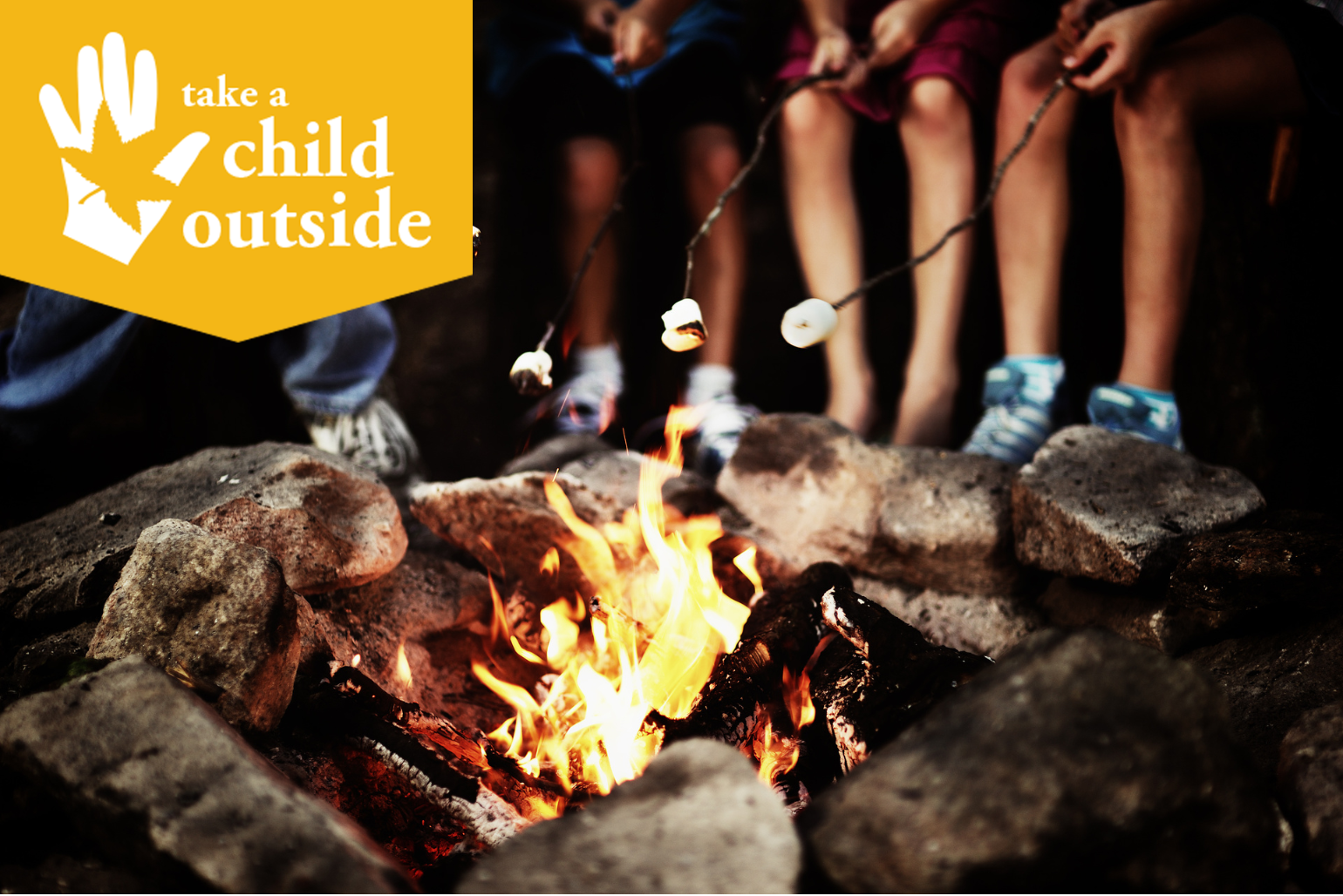After the Sun Goes Down

Activities for Discovering the Night World
Best Age Range: all ages
Location: any
Best Time: nights with a full moon
Season: all
Special Materials: none
What To Do: Start a new family tradition; take a walk when the moon is full. Relax in the evening under a wash of moon light. Record the sounds, smells and feel of the night as you move through the season. Start a moon journal, read last month’s journal before you leave for the night’s hike.
Best Age Range: all ages
Location: backyard or nearby park, away from as many human noises as possible.
Best Time: nightfall
Season: all
Special Materials: blanket, audio recording device (optional)
What To Do: Every season brings new night sounds—owls in the winter, frogs in the spring, tree crickets in the summer and grasshoppers in the fall. Find a quiet outdoor space and visit it at nightfall. Sit on a blanket and listen for a few minutes. How many different sounds did you hear? Compare the sounds with what you hear during the day or during your last visit. Record the sounds.
Best Age Range: all ages
Location: any area with open sky
Best Time: early evening after sunset
Season: any
Special Materials: blanket, flashlight, star charts
What To Do: Go out at sunset. Lie down on a blanket and look up at the night sky. Watch the stars come out. Look for shooting stars. Use a flashlight to point out major stars and constellations. Count airplanes and satellites. Relax and reflect on the wonders of the universe!
Best Age Range: 3-year-olds and up
Location: anywhere short grass meets the woods is ideal
Best Time: night
Season: summer, fall
Special Materials: lightweight flashlight
What To Do: Find a lawn or grassy area near hedges or some woods. Hold a flashlight on the side of your head, next to your eye. Shine the flashlight on the ground and look for tiny sparkles of blue or green light. When you see a sparkle of light, keep the light fixed on the sparkle and carefully walk closer. This should lead you to a small, harmless ground-hunting spider, most often a wolf spider. The sparkle you see is the light reflecting off the spider’s eyes (spider eye shine). See how many spiders you can spot. What’s the smallest spider you can find?
Best Age Range: 3-year-olds and up, especially middle school
Location: any area open to the night sky
Best Time: late afternoon and evening on a clear night
Special Materials: a collection of constellations stories from different cultures, props for skits, constellation chart, flashlights, binoculars or telescope
What To Do: Divide everyone into groups of three or four people. Have each group read a constellation story to themselves. After reading the stories, each group should plan a skit and make simple props that will help them act out their constellation. Once the real constellations can be seen in the night sky, have the groups act out their stories. End the evening by finding the constellations in the night sky using binoculars and telescopes.
